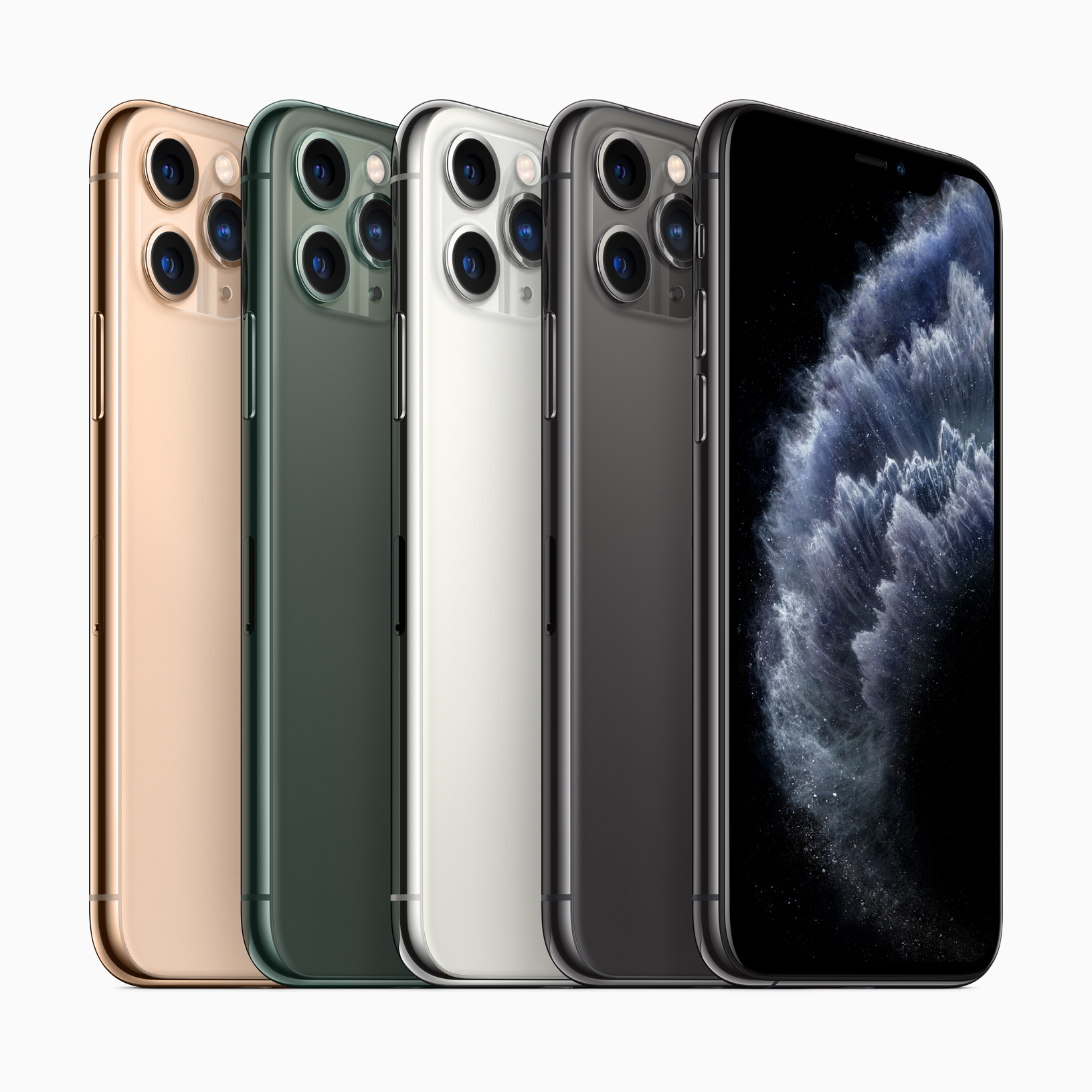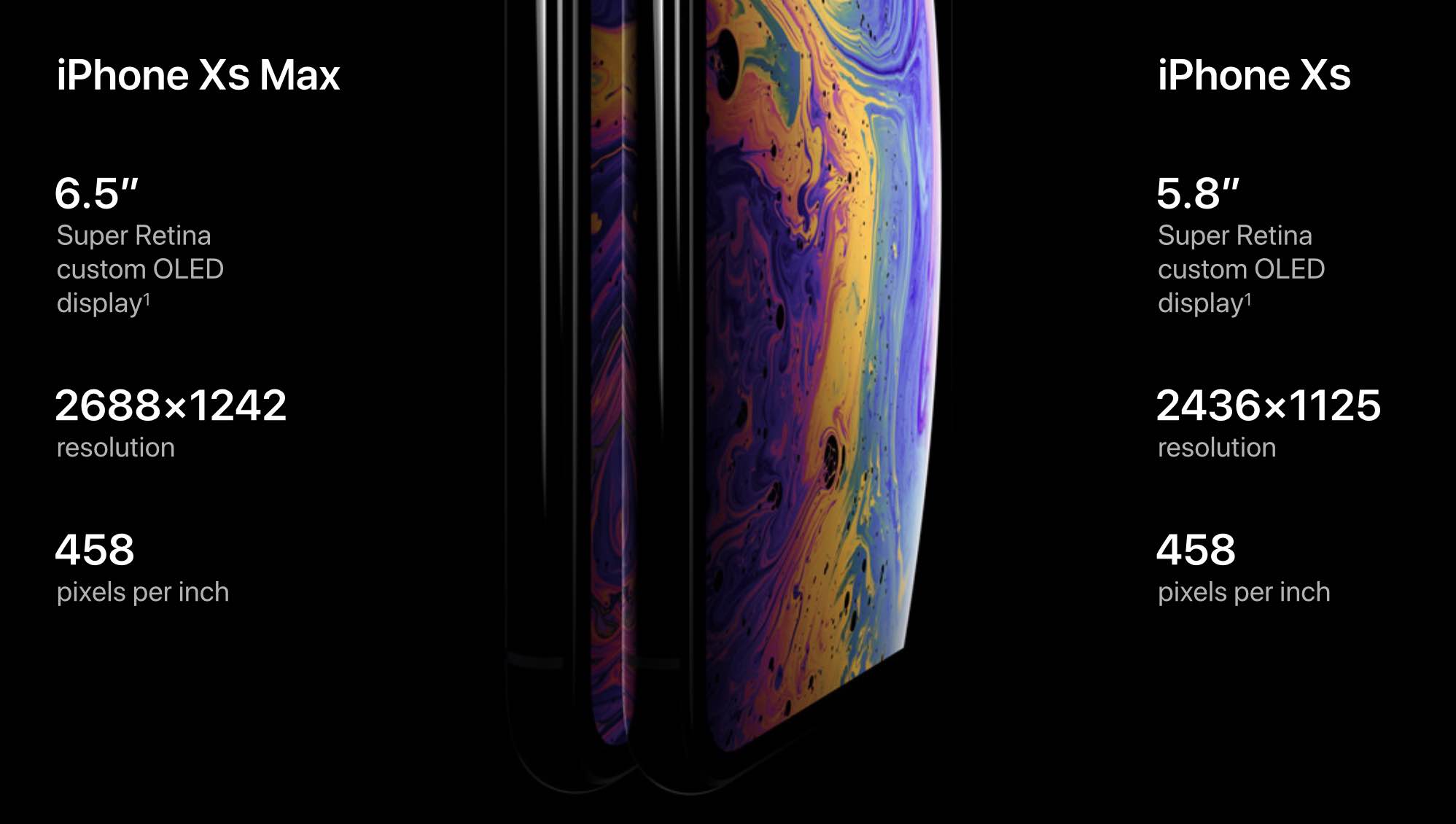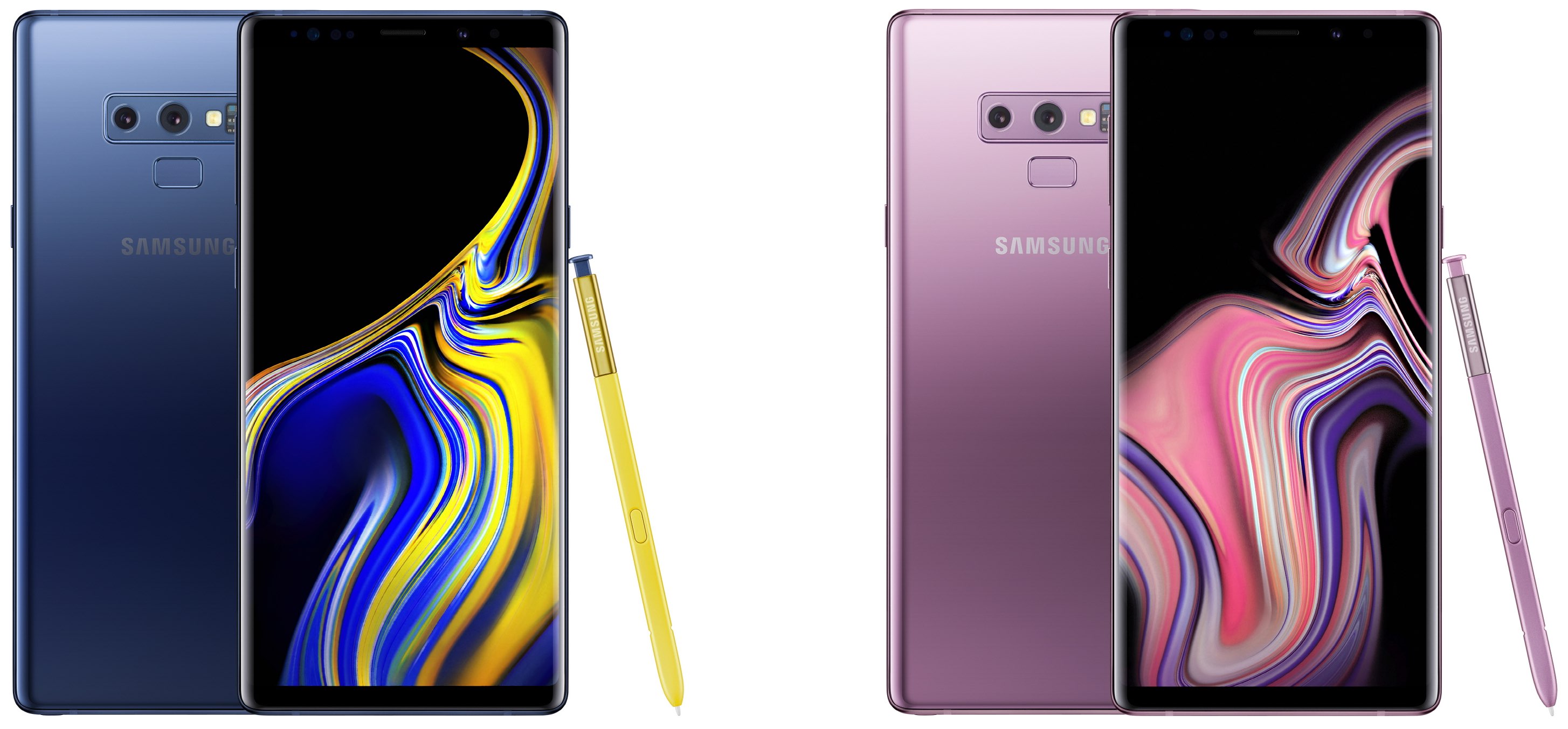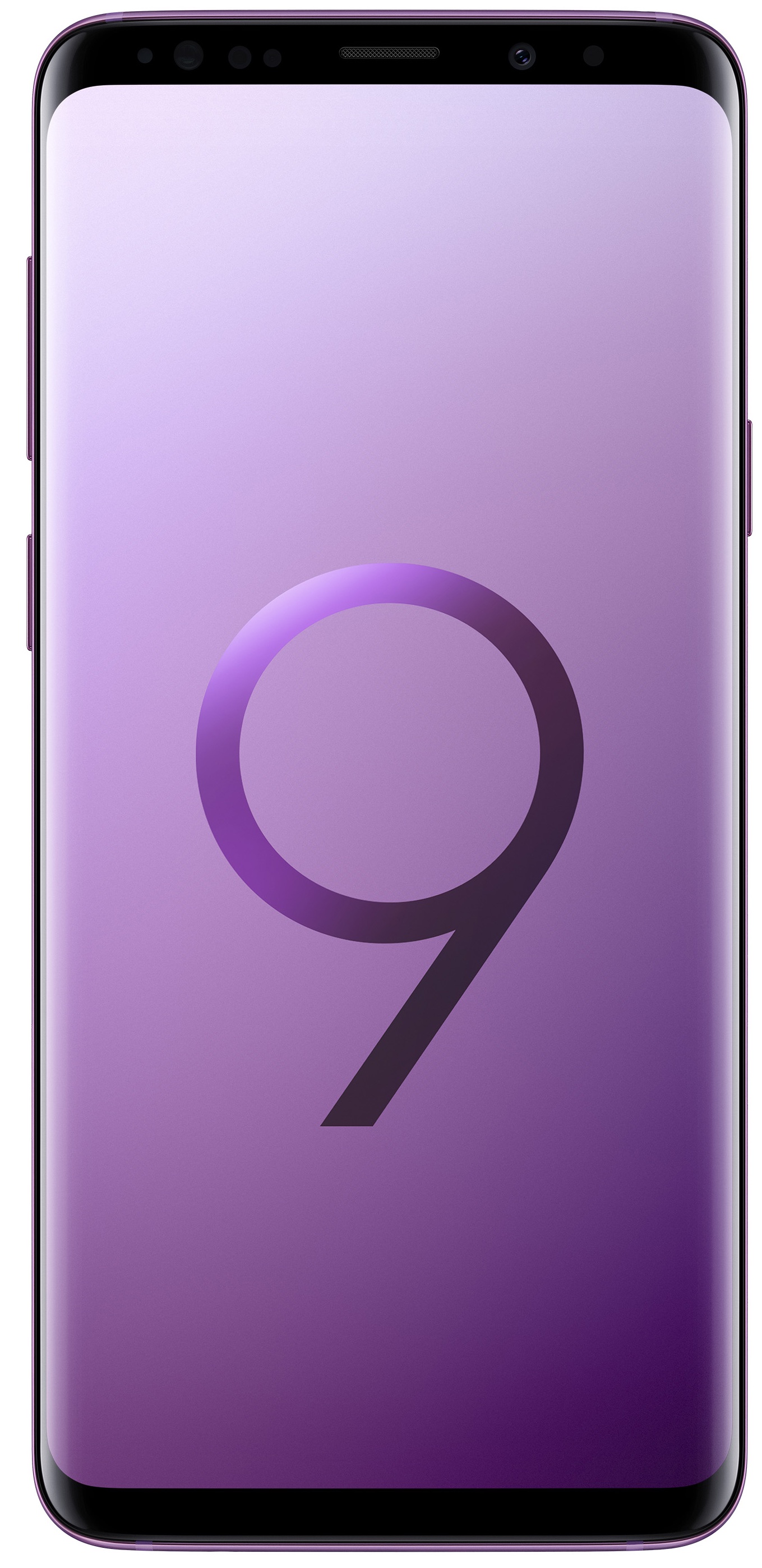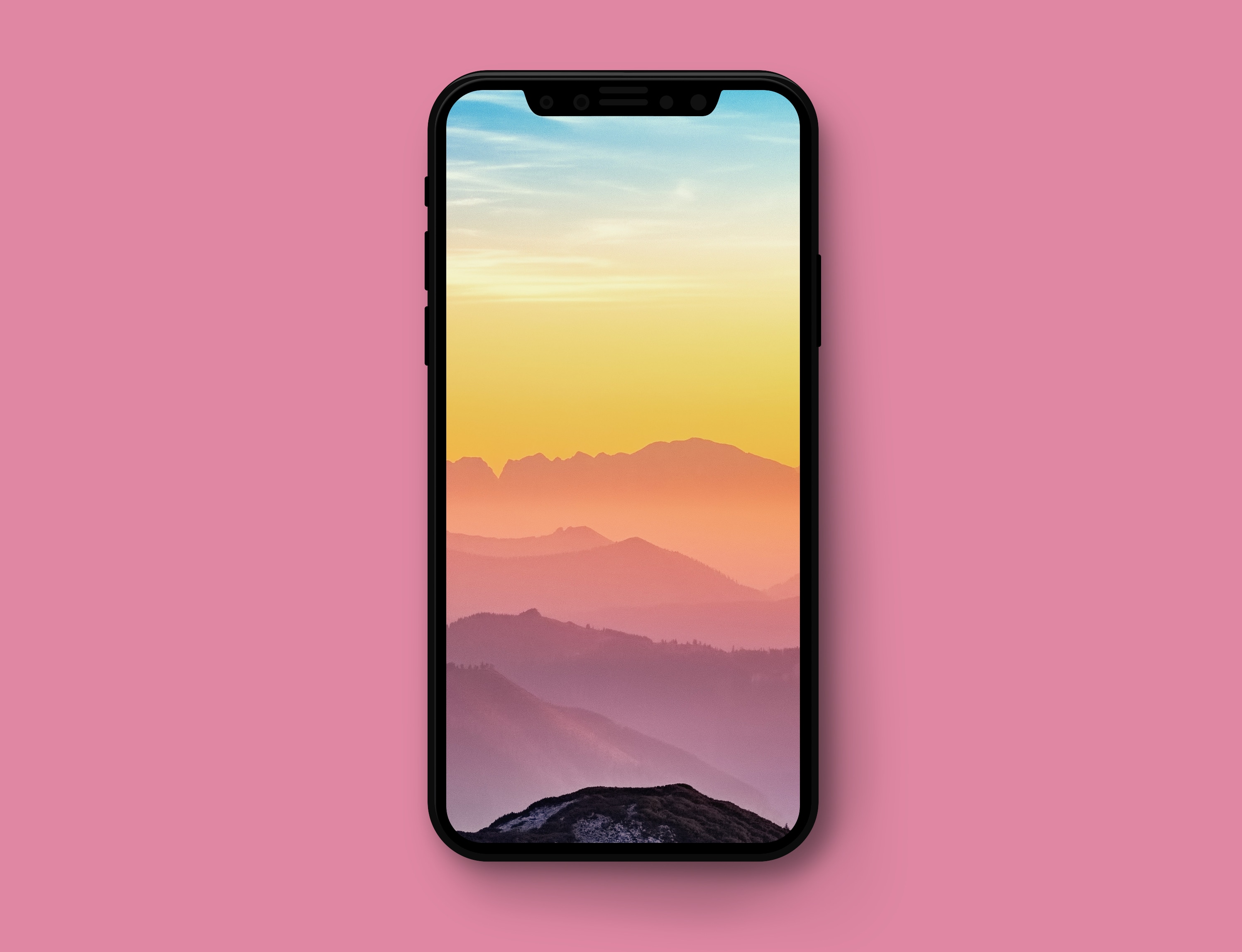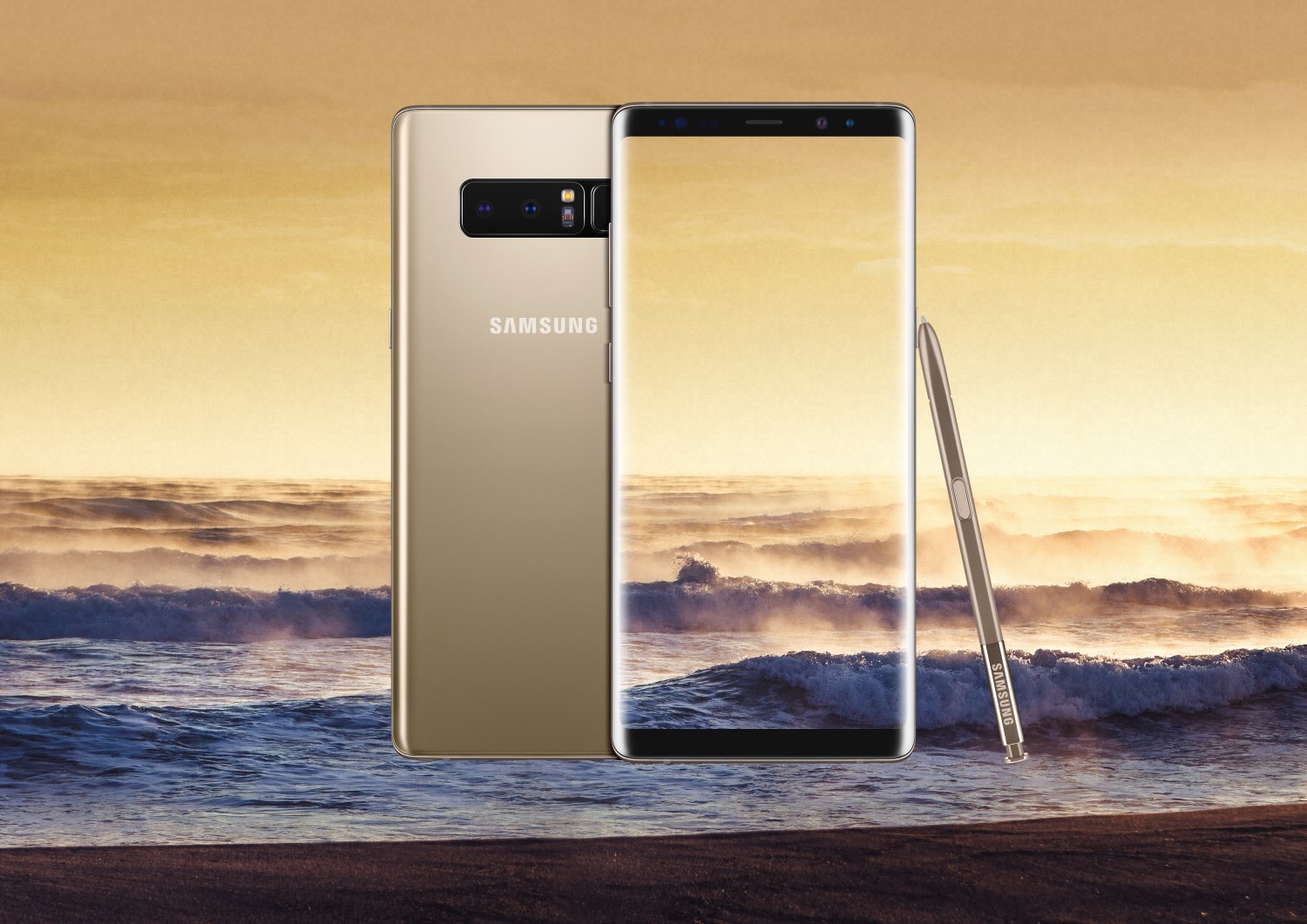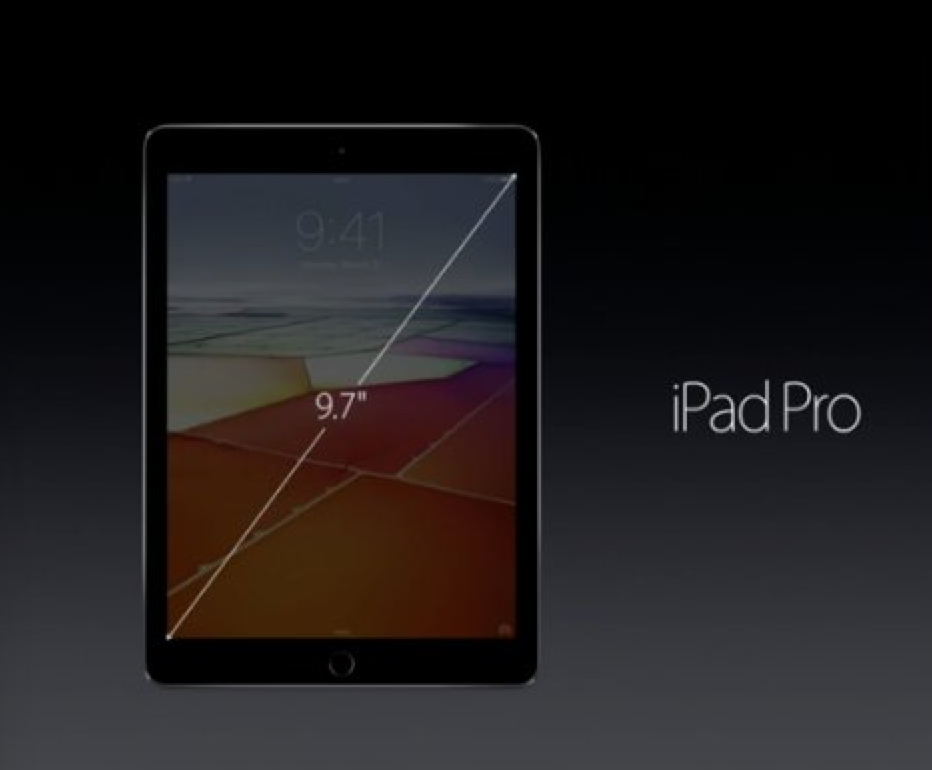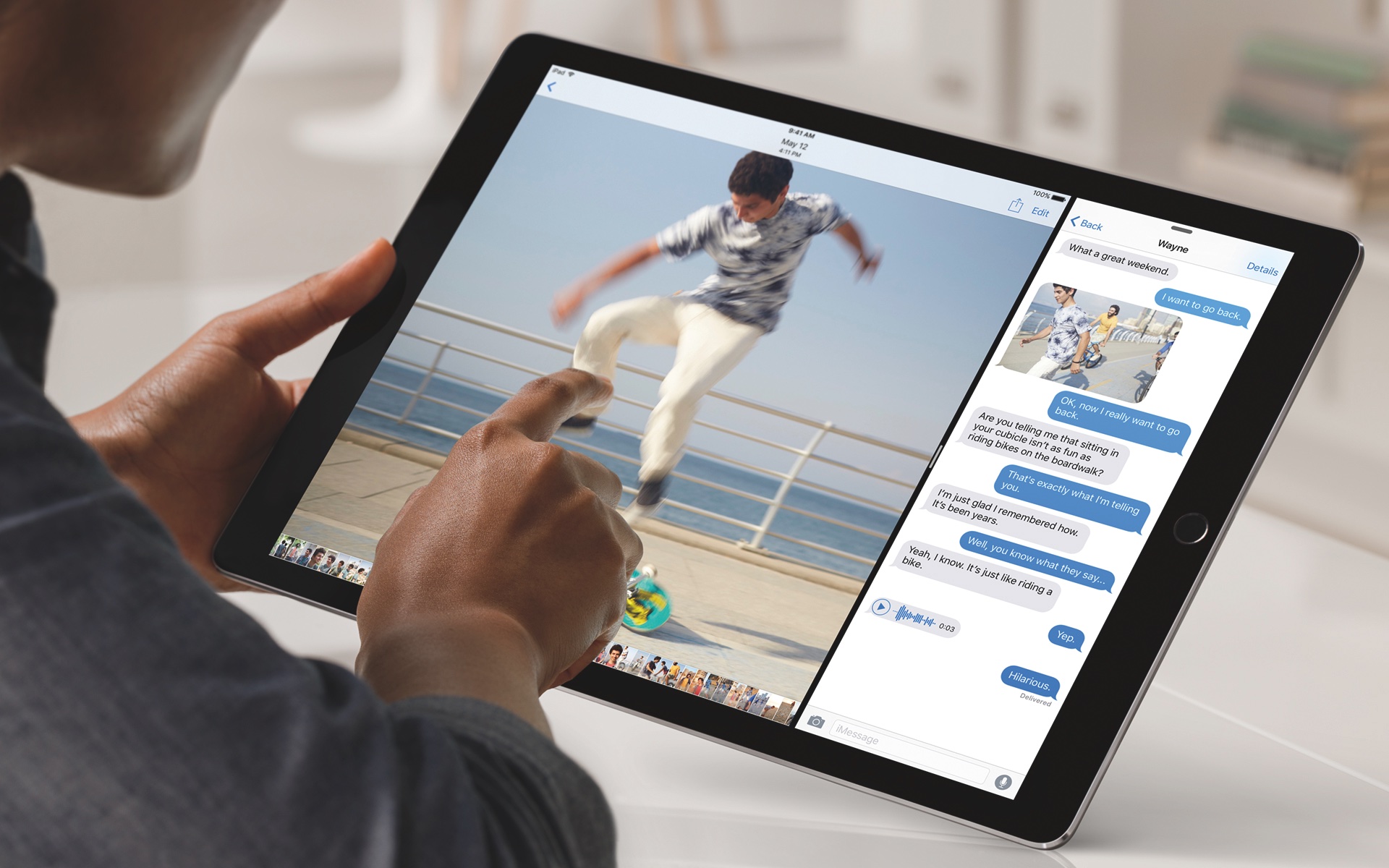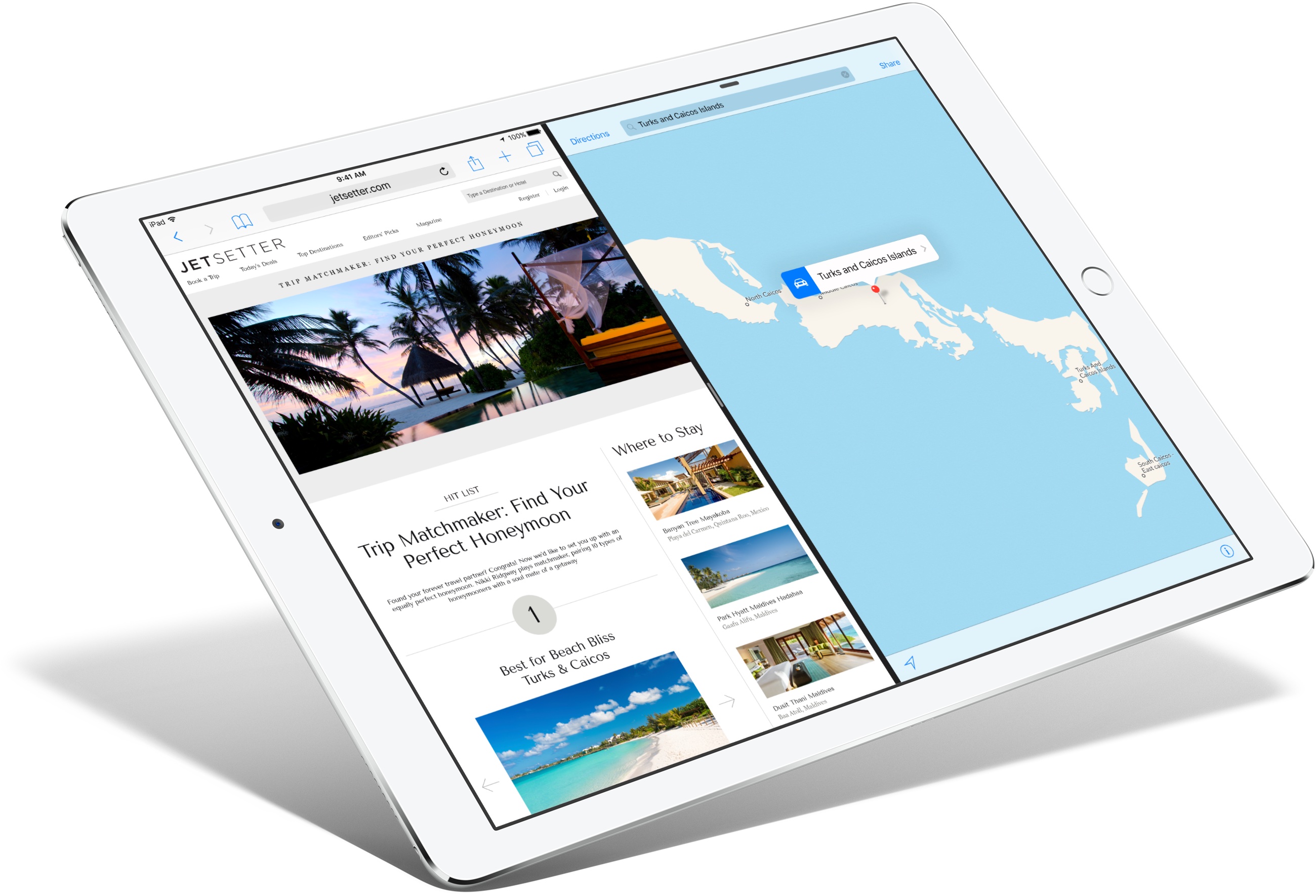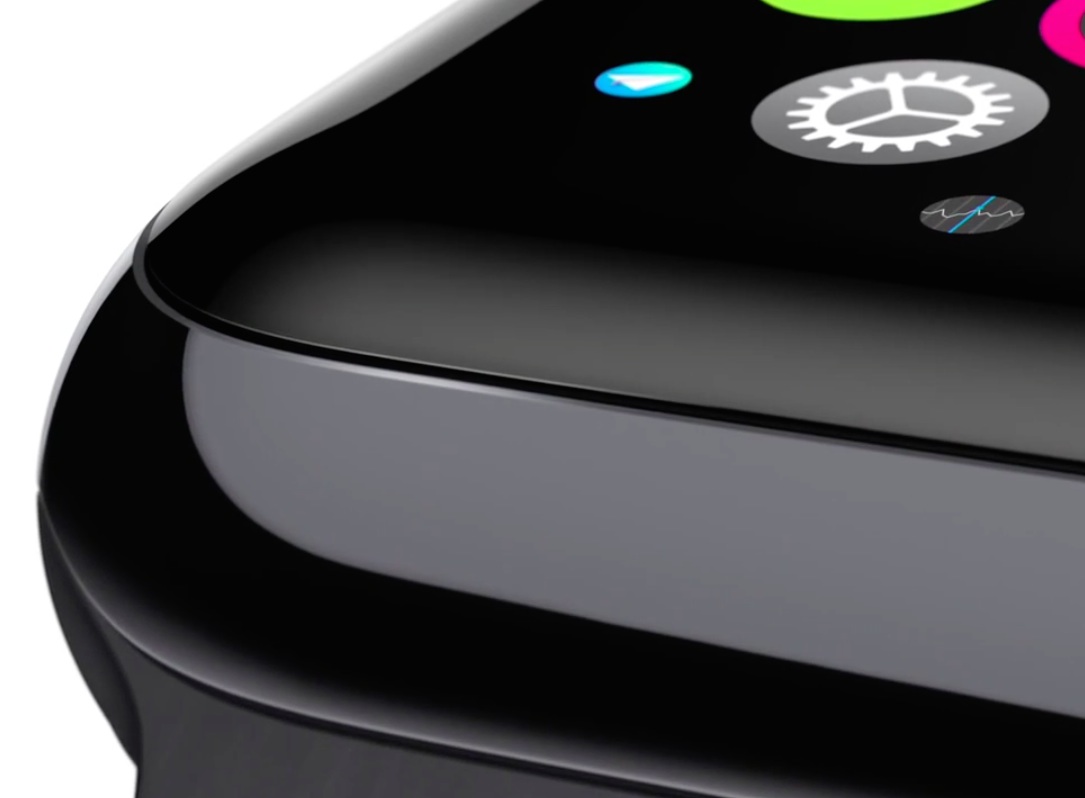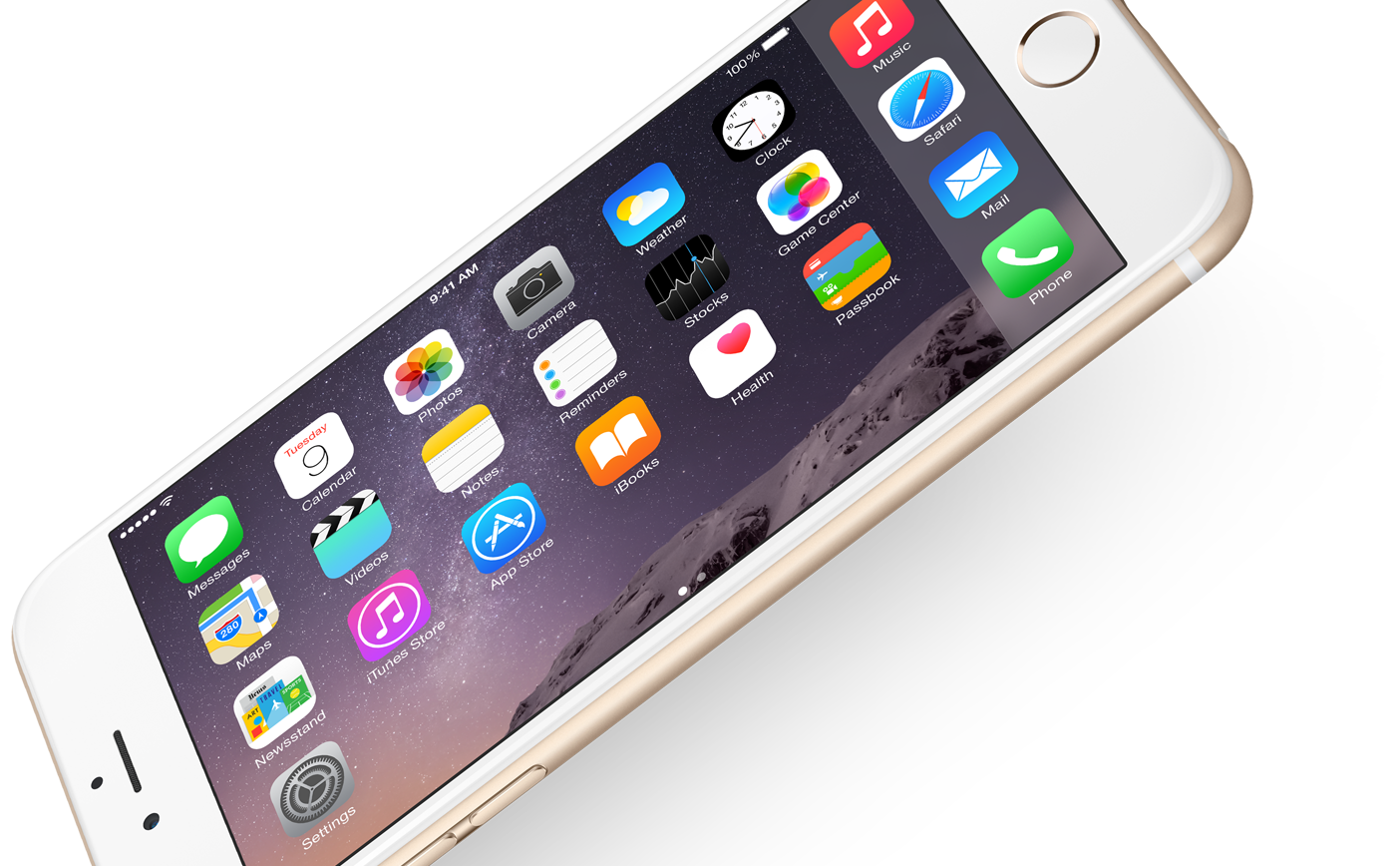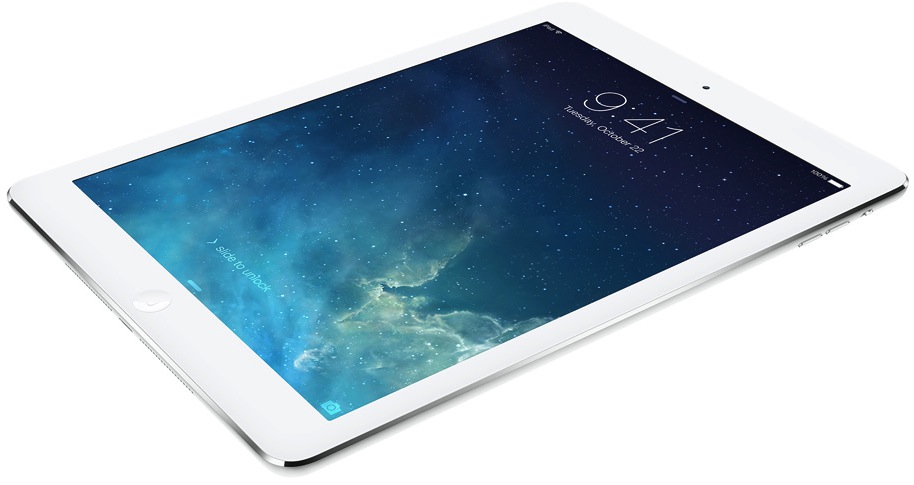It's official: the iPhone 6 Plus has raised the bar for LCD display performance up by a notch and earned itself the title of the Best Performing Smartphone LCD display “that we have ever tested”, as per a detailed display shootout conducted by DisplayMate Technologies, a professional video calibration equipment producer.
Note that the benchmark did not take into account OLED screens from Samsung, which use a different display technology from the Retina HD screen on the iPhone 6 and iPhone 6 Plus.
In terms of the best overall smartphone display, which includes both LCD and OLED technologies, Samsung's Galaxy Note 4 with its Super AMOLED display still comes on top, leaving the iPhone 6 Plus with the “Best Performing Smartphone LCD display” designation.
The iPhone 6 also has “a very good display” which is somewhat held back by its lower resolution and pixel count compared to the iPhone 6 Plus.
